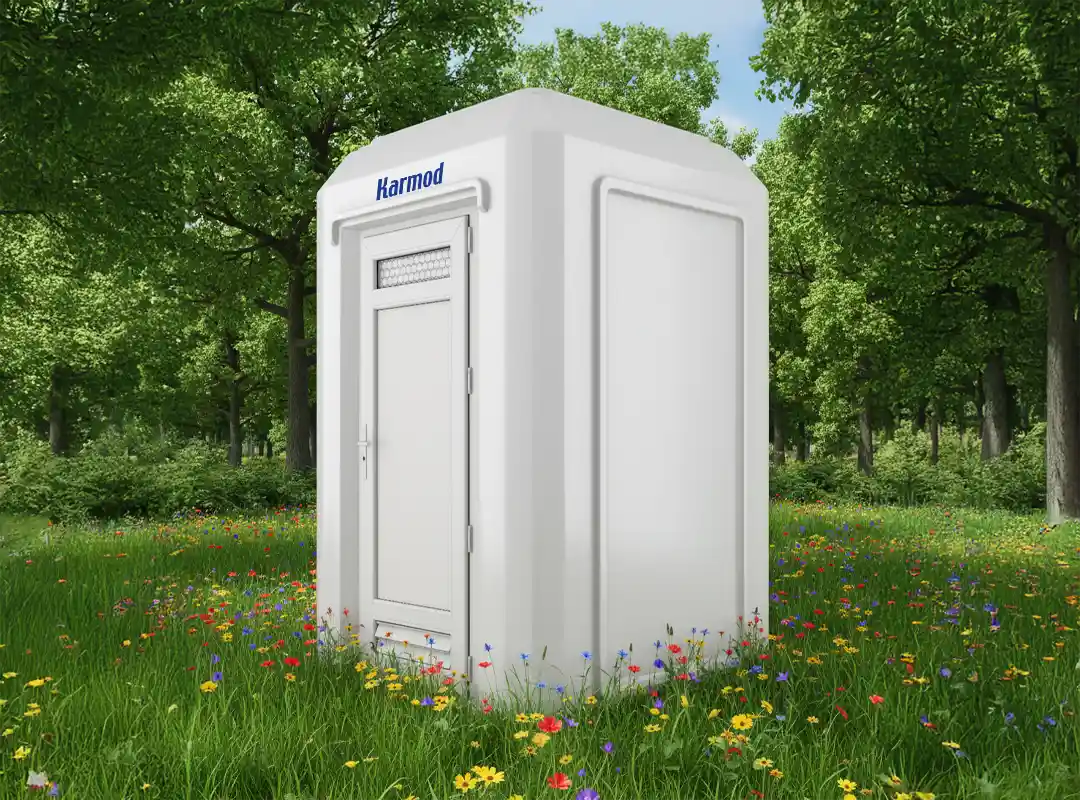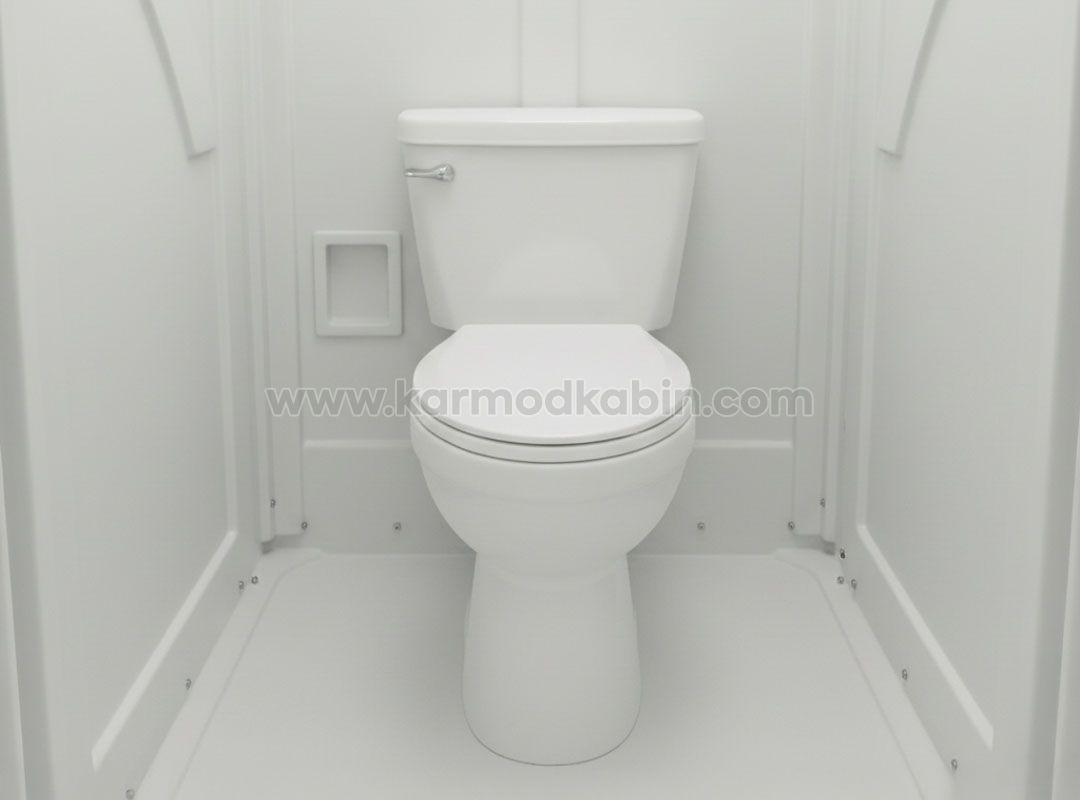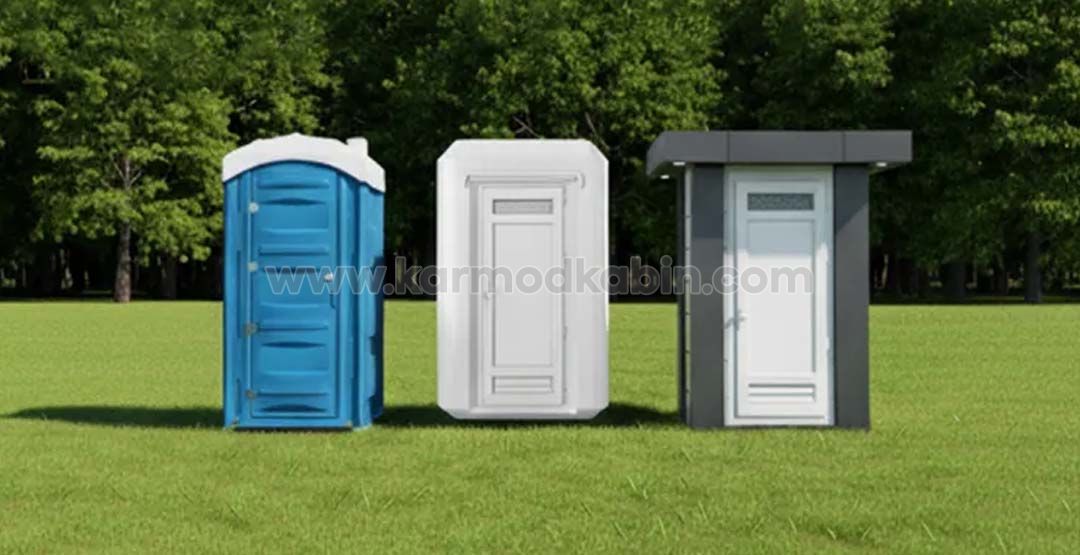
Hygiene is the number one factor that defines the quality of any portable toilet experience. Whether on a construction site, at a music festival, or during a private outdoor event, clean and well-maintained portable toilets ensure safety, comfort, and satisfaction for every user. When hygiene is neglected, it can quickly turn into a health hazard and negatively impact the image of the event or company providing the facilities.
By following the right cleaning practices, using effective disinfectants, and educating users on proper etiquette, portable toilets can remain fresh, safe, and functional even under heavy use. In this guide, we’ll explore the essential hygiene tips that guarantee not only cleanliness but also a positive user experience—helping you maintain high standards while protecting health and reputation.
Regular cleaning is the foundation of portable toilet hygiene. Even the most durable units can become unpleasant if they are not properly maintained on a daily basis. A structured cleaning routine prevents the buildup of waste, controls odors, and ensures users always encounter a sanitary environment. This not only improves comfort but also extends the overall lifespan of the unit, reducing long-term costs.
Daily maintenance should go beyond surface cleaning. Service teams need to focus on emptying waste tanks, disinfecting high-touch areas, and refilling essentials such as hand sanitizer, toilet paper, and deodorizing solutions. Keeping a clear checklist helps ensure no steps are missed, and consistent routines make it easier to maintain high standards across multiple units.
Key daily tasks include:
By implementing a reliable cleaning schedule, businesses and event organizers not only protect user health but also demonstrate a strong commitment to professionalism and safety.

Cleanliness in portable toilets doesn’t stop at daily wiping and refilling—it relies heavily on how waste is handled and disposed of. Improper waste management can lead to contamination, foul odors, and serious health hazards, especially in environments with high foot traffic. For this reason, professional servicing and adherence to local sanitation regulations are critical for maintaining safety and hygiene.
The most effective method is to use specialized vacuum pumping systems that remove waste directly into sealed tanks, preventing leaks and exposure. Once collected, the waste must be transported to authorized treatment facilities where it can be processed safely. In addition, using eco-friendly chemicals inside the holding tanks helps break down waste more efficiently, reducing both odors and environmental impact.
Best practices for waste disposal:
With proper waste management, plastic portable toilets remain sanitary, safe, and reliable—protecting not only users but also the reputation of the company or event organizer.
One of the biggest concerns people have about portable toilets is odor. Strong, unpleasant smells can make users avoid the facilities altogether, which reflects poorly on the event or company providing them. Effective odor control is therefore a vital part of maintaining hygiene and ensuring a positive experience.
The first step is regular servicing and waste tank emptying, but odor control goes further. Using high-quality deodorizers and biological treatments inside the tanks helps neutralize smells rather than just masking them. Proper ventilation is also key—airflow reduces moisture buildup and keeps the interior feeling fresh. In addition, encouraging users to keep doors closed after use helps maintain consistent airflow and prevents odors from escaping into surrounding areas.
Proven methods for odor control include:
When odor control is managed correctly, portable toilets no longer carry a negative reputation but instead provide a safe, clean, and user-friendly solution.
Even the most advanced cleaning routine can’t maintain hygiene if users don’t follow basic rules of respect and safety. Educating people on proper portable toilet etiquette is one of the simplest ways to ensure a cleaner, safer environment for everyone. Clear signage inside the unit or gentle reminders at events can go a long way in shaping positive user behavior.
Users should treat the facility as they would their own restroom. Simple actions like disposing of trash properly, flushing or closing the lid if available, and using provided sanitizers help maintain overall cleanliness. Encouraging users to report any issues—such as lack of supplies or visible damage—also allows service teams to act quickly and prevent bigger problems.
Helpful user guidelines include:
When users take responsibility alongside cleaning crews, portable toilets remain sanitary and pleasant, even in high-traffic conditions.
Sustainability is becoming increasingly important in sanitation management, and portable toilets are no exception. By adopting eco-friendly hygiene practices, businesses and event organizers can reduce environmental impact while maintaining high cleanliness standards. These practices not only benefit the planet but also create a positive impression among users who value green initiatives.
One of the most effective approaches is using biodegradable cleaning agents instead of harsh chemicals. These products break down naturally without polluting soil or water systems. Another sustainable option is to install water-saving flush mechanisms or waterless urinal systems, which significantly reduce water consumption. In addition, solar-powered ventilation fans can replace energy-heavy alternatives, offering both efficiency and sustainability.
Eco-friendly hygiene strategies:
By integrating these methods, portable toilets can deliver not only hygiene and safety but also contribute to broader environmental responsibility goals.
Keeping portable toilets hygienic at large events and construction sites is never a simple task. At public gatherings such as music festivals or sporting events, thousands of people may use the facilities within just a few hours. This intense usage puts immediate pressure on cleaning teams, as waste tanks fill up faster, supplies run out quickly, and odors can build up if servicing is not scheduled frequently enough. Without a proper plan in place, it can become almost impossible to keep conditions pleasant for attendees.
On construction sites, the challenges are different but equally demanding. Workers rely on portable toilets every day, often multiple times during a shift, and the presence of mud, dust, and heavy equipment creates additional strain on cleanliness. In such environments, portable toilets can deteriorate much faster if they are not regularly serviced. Poor hygiene not only reduces worker satisfaction but can also lead to health problems that impact overall productivity. To overcome these challenges, both event organizers and site managers must anticipate heavy usage, prepare frequent cleaning rotations, and commit to a higher standard of hygiene management.
When portable toilets are not serviced properly, they quickly become a source of serious health risks. Unsanitary conditions allow harmful microorganisms to multiply and spread among users, especially in high-traffic environments. Beyond discomfort, the consequences can escalate into public health concerns.
Common health risks include:
Maintaining strict hygiene standards not only protects users from these risks but also safeguards the reputation of the organizers or businesses providing the facilities.
The effectiveness of portable toilet hygiene depends largely on the quality of cleaning products and disinfectants used. Not all solutions are created equal—using the wrong chemicals can leave behind odors, fail to kill harmful bacteria, or even damage the materials of the unit. Choosing the right products ensures a safer, fresher, and more pleasant experience for every user.
Professional-grade disinfectants are designed to eliminate a broad spectrum of germs, including bacteria, viruses, and fungi. Eco-friendly cleaning agents are becoming increasingly popular as they sanitize effectively without harming the environment. Deodorizing solutions and enzymatic treatments are also essential, as they break down waste while controlling odors naturally. For high-touch areas like door handles, locks, and seats, fast-acting surface disinfectant sprays ensure that germs don’t linger between cleanings.
Recommended product types include:
By investing in the right cleaning solutions, companies and event organizers can uphold consistent hygiene standards while protecting both users and the environment.

Ventilation is often overlooked when it comes to portable toilet hygiene, yet it plays a critical role in both cleanliness and user comfort. Without proper airflow, moisture and waste gases accumulate inside the unit, creating unpleasant odors and encouraging the growth of bacteria and mold. A well-ventilated portable toilet not only smells fresher but also feels more comfortable and hygienic for users.
Modern portable toilets often include built-in ventilation systems, such as roof vents or solar-powered fans, to ensure continuous airflow. These systems reduce humidity levels, control odors, and maintain a cleaner environment overall. For high-traffic events or long-term construction sites, effective ventilation can significantly extend the usability of each unit between servicing cycles. Ultimately, ensuring proper air circulation is one of the simplest yet most powerful ways to improve both hygiene and the overall user experience.
Maintaining portable toilets requires different strategies depending on the season. In hot summer months, high temperatures accelerate bacteria growth and intensify odors. To keep toilets fresh, more frequent servicing is necessary, along with stronger deodorizers and increased ventilation. Providing shade or positioning units in cooler areas also helps reduce heat buildup inside the cabins. Hydration facilities nearby can encourage users to practice better hygiene by washing or sanitizing more often.
In cold winter conditions, the challenge shifts to preventing waste tanks from freezing and ensuring supplies remain usable. Non-toxic antifreeze solutions are often added to tanks to keep them operational, while insulated units or heaters can make the experience more comfortable for users. Extra attention should be given to keeping sanitizer dispensers functional, as they can easily freeze in low temperatures. Adjusting maintenance routines to seasonal conditions ensures portable toilets remain safe, clean, and user-friendly throughout the year.
Even with the best equipment and cleaning products, hygiene standards cannot be maintained without well-trained staff. Portable toilet servicing requires more than just emptying tanks—it demands a clear understanding of sanitation protocols, safety measures, and customer expectations. When staff are properly trained, they can identify issues early, follow correct cleaning routines, and deliver a consistently high level of hygiene across every unit.
Training programs should cover both technical and practical aspects. Staff must know how to use disinfectants safely, operate vacuum pumping equipment, and handle waste according to local regulations. They should also learn how to communicate with event organizers or site managers, ensuring that any problems are reported and resolved quickly.
Regular refresher courses and checklists help maintain consistency, reduce errors, and improve efficiency. Well-trained teams not only protect public health but also strengthen the professional image of the service provider.
The portable toilet industry has evolved significantly in recent years, with new technologies making it easier to maintain hygiene and improve user satisfaction. Modern units are no longer just basic enclosures; they now integrate smart systems and advanced materials designed to ensure cleanliness and efficiency even under heavy use.
One major innovation is the use of touch-free features, such as foot-operated flush systems and hands-free sanitizer dispensers, which minimize contact with surfaces and reduce the spread of germs. Advanced odor-control technologies, including enzyme-based treatments and activated carbon filters, keep interiors fresher for longer. Some high-end models even feature sensor-based monitoring systems that alert service teams when waste tanks are nearing capacity or when supplies like sanitizer and toilet paper need refilling. By adopting these innovations, businesses and event organizers can raise hygiene standards while reducing maintenance demands.
Key innovations include:
With these advancements, portable toilets are becoming not just functional necessities but also reliable, hygienic, and user-friendly solutions for modern events and worksites.
Hygiene in portable toilets is not only about health and safety—it also plays a major role in shaping how people perceive an event, company, or brand. When users step into a clean, fresh, and well-maintained portable toilet, they immediately associate that positive experience with professionalism and attention to detail. This can significantly enhance the reputation of an organizer or business, leaving a lasting impression long after the event or project ends.
On the other hand, poorly maintained toilets can have the opposite effect. Unpleasant odors, lack of supplies, or visible dirt create frustration and discomfort, leading users to form negative opinions about the overall organization. For event planners, this could mean dissatisfied guests; for construction companies, it could lower worker morale and productivity. By investing in hygiene standards, businesses don’t just protect health—they build trust, credibility, and a stronger brand image in the eyes of both clients and the public.
The key to maintaining hygiene is choosing the right portable toilet from the start. A well-designed, high-quality unit makes cleaning easier, reduces odor issues, and guarantees a safer, more comfortable user experience. By investing in the right model—whether for events, construction sites, or long-term projects—you secure a solution that delivers both practicality and reliability.
Our range of plastic, fiberglass, and composite portable toilets is carefully designed to meet different hygiene and durability needs. Each unit is built for easy maintenance, long-lasting performance, and maximum comfort. Instead of worrying about constant upkeep, you can focus on your project while knowing you’ve chosen a product engineered for efficiency and user satisfaction.
Take action today:
-Reach out to our sales team now and secure the right portable toilets for your project—because lasting hygiene starts with the right choice.